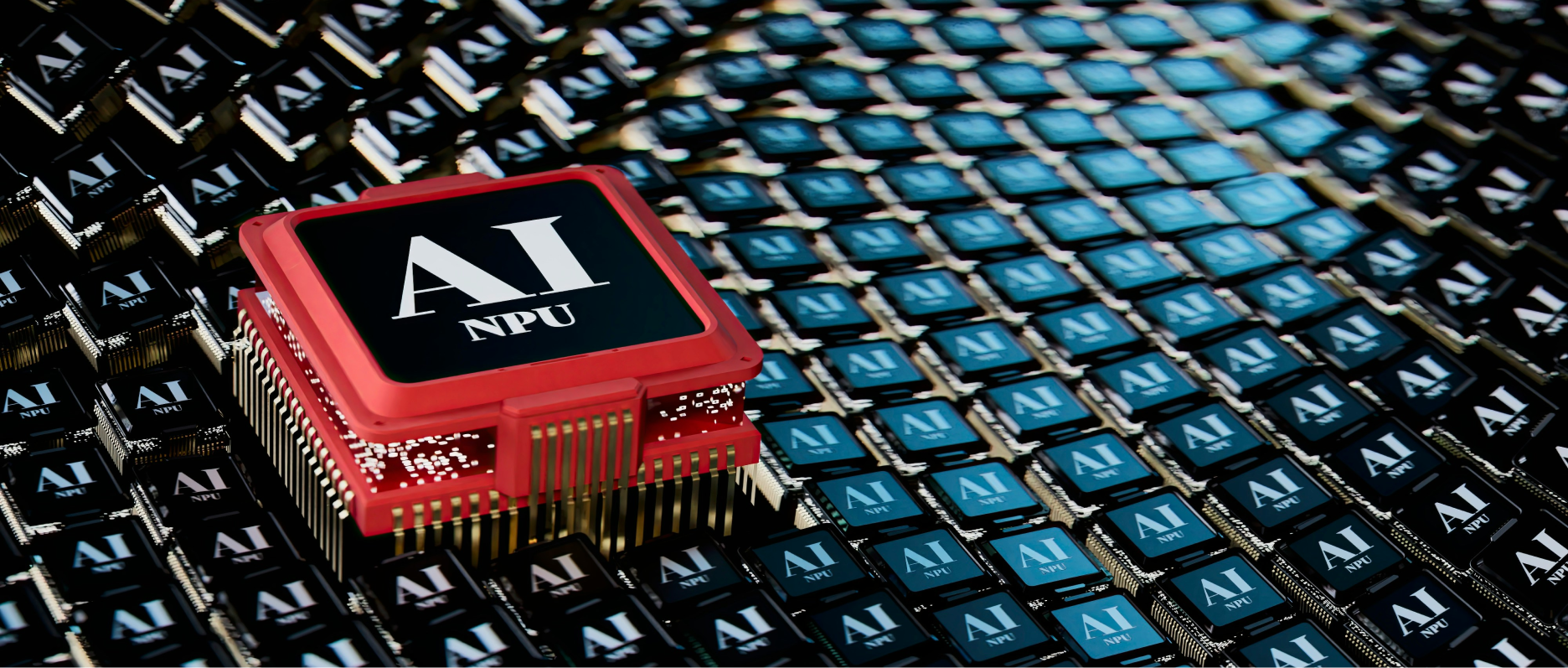How AI Will Transform Field Service
1. Optimize field operations
AI can help improve the day-to-day workflows and routines of field service. When done right, AI simplifies common work tasks and learns from field service data to improve its own effectiveness. With this support, field service leaders can more easily schedule, manage, and analyze field service work.
Automate common tasks
Use field service software to simplify and automate recurring tasks, like creating work orders for upcoming jobs. Pre-populate the worker’s name, job location, and date to save time and reduce manual effort. When the work order meets a certain set of criteria, automatically route it to the right stakeholders. For example, “closed” jobs go to accounting, “pending customer” jobs go to customer service for follow-up, and so on.
AI takes these automations to the next level: an AI-based system can suggest the right job type, job status, or start/end times based on data collected from thousands of similar appointments. AI also helps generate personalized marketing copy at scale, helping improve the success rate of the company’s sales and marketing teams.
Smart scheduling
The goal of field service scheduling is to match qualified workers with jobs arranged in a logical sequence. AI-enhanced smart scheduling accounts for many complex, overlapping variables to make the best possible scheduling decisions. This can lead to major operational changes: a McKinsey study found that the introduction of smart scheduling led to 67% fewer job delays per week and 29% more on-job productivity.
Improve customer communications
Customers appreciate appointment reminders, notifications when workers are arriving soon, and updates when workers are running late. AI makes these communication tools not only possible, but a genuine advantage.
For example, use job type, customer profile, and past appointment data to deliver customized reminders for upcoming appointments. This helps customers prepare for the appointment appropriately and helps field service workers make the most of their limited time onsite with customers.
AI-powered chatbots can also provide resources and basic answers for common customer questions. Advanced field service organizations can train a generative AI model on its technical knowledge base to deliver situational answers to technical questions. And when the question is beyond the AI model’s capabilities, it can route the question to the appropriate team for follow-up.
Route optimization
AI tools can suggest the ideal travel route between jobs based on traffic patterns and data from past jobs. When a new high-priority job comes through or other factors change, the system can reshuffle job assignments—balancing factors like availability, qualifications, and distance—and communicate changes to workers in the field.
AI can also react to real-time transport alerts, such as road closures or traffic accidents, dynamically adjusting schedules to minimize delays and ensure timely arrivals. This reactive optimization not only improves punctuality but also enhances worker safety and productivity by reducing unexpected disruptions.Route optimization technology improves worker safety by eliminating uncertainty about the travel route and reducing distractions from cell phones. With AI, field service companies can analyze video telematics data to reduce distracted driving and improve the safety of workers in the field.
2. Leverage field data
Field service work generates lots of data: the type of work performed, equipment used, customer profiles, staff profiles, job start and completion times, travel time, fuel used, etc.
As an AI model collects more field service data, its accuracy and effectiveness improves. With more knowledge, the model will deliver better suggestions in the face of complex, overlapping variables.
Leaders can use field service data to:
- make timely, strategic decisions
- monitor and maximize productivity
- spot bottlenecks and inefficiencies
- identify the jobs with highest profit margins
- identify the jobs with highest and lowest satisfaction
- isolate training needs for teams and individuals
Flag outlier data points
With the right field data—and a system to view the data—leaders can spot outliers quickly. This could be a worker completing way more jobs than other workers, a team whose on-time arrivals are significantly lower than other teams, or a job type that consistently takes longer than the estimate.
An AI-enabled system flags unusual data points for further investigation. The manager can look into the specific situation and pull additional data for context. Equipped with that info, the manager can find a solution; maybe it is to train the underperforming employee, reset team expectations about punctuality, or revisit job completion time estimates based on real-world findings.
Field service leaders can use AI to:
- Detect fraud and errors – identify outliers that meet certain criteria (e.g. fraud patterns) or that fall outside a predefined range
- Perform trend analysis – identify positive or negative trends across many workers, teams, and disparate locations
- Identify underperforming areas – isolate and address underperforming individuals, teams, job types, departments, etc.
This helps to identify issues early on and address them before they become disruptive or widespread.
Track service level agreement (SLA) adherence
Field service technology must help ensure compliance with safety rules and service level agreements (SLAs). If compliance rates are low, leaders can identify and fix the issues. If compliance rates are high, leaders can focus on maintaining the high performance and publicizing the high rate of SLA adherence as a competitive advantage.
AI tools can scan incoming data for worrisome trends and flag potential issues without requiring managers to pore over data. AI-enabled tools can also collect, share, and store certain data points as needed to meet reporting requirements.
Track field service KPIs
Leaders must track KPIs to assess field service operations and track trends over time. AI can parse large amounts of field service data to identify notable trends and period-over-period changes in a fraction of the time it would take to do so manually.
Field service organizations with a strong culture of data collection can take advantage of AI more quickly and easily. With data flowing in from the field, AI tools can summarize key data points like workforce utilization and customer satisfaction. Generative AI models can also create written summaries from large amounts of data, speeding up the time required to create a performance report or executive presentation.
Feeding field service KPIs into an AI-equipped platform also affects the KPIs themselves. AI-equipped field service management delivers more accurate appointment times (set in advance) and estimated arrival times (day of). The more data and examples the system sees, the better its decision-making engine becomes. This means better pattern prediction, better suggestions from the tool, and better outcomes for leaders.
Preparing for the AI-enabled future of field service
Skedulo offers automated scheduling and smart optimization in a user-friendly platform. Skedulo customers who use the AI-powered optimization engine complete 64% more jobs on average and spend 17% less time traveling between jobs.
Want to learn more? Check out our piece on the power of AI to revolutionize workforce scheduling.





